
BORA price
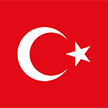
BORA market info
Market cap = Circulating supply × Last price

BORA Feed
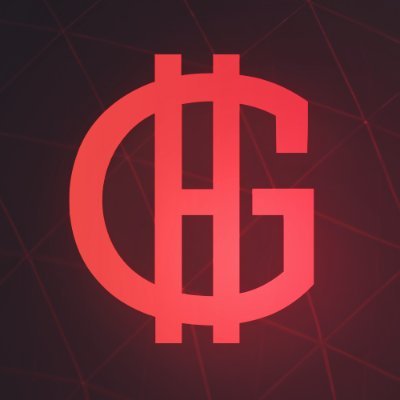

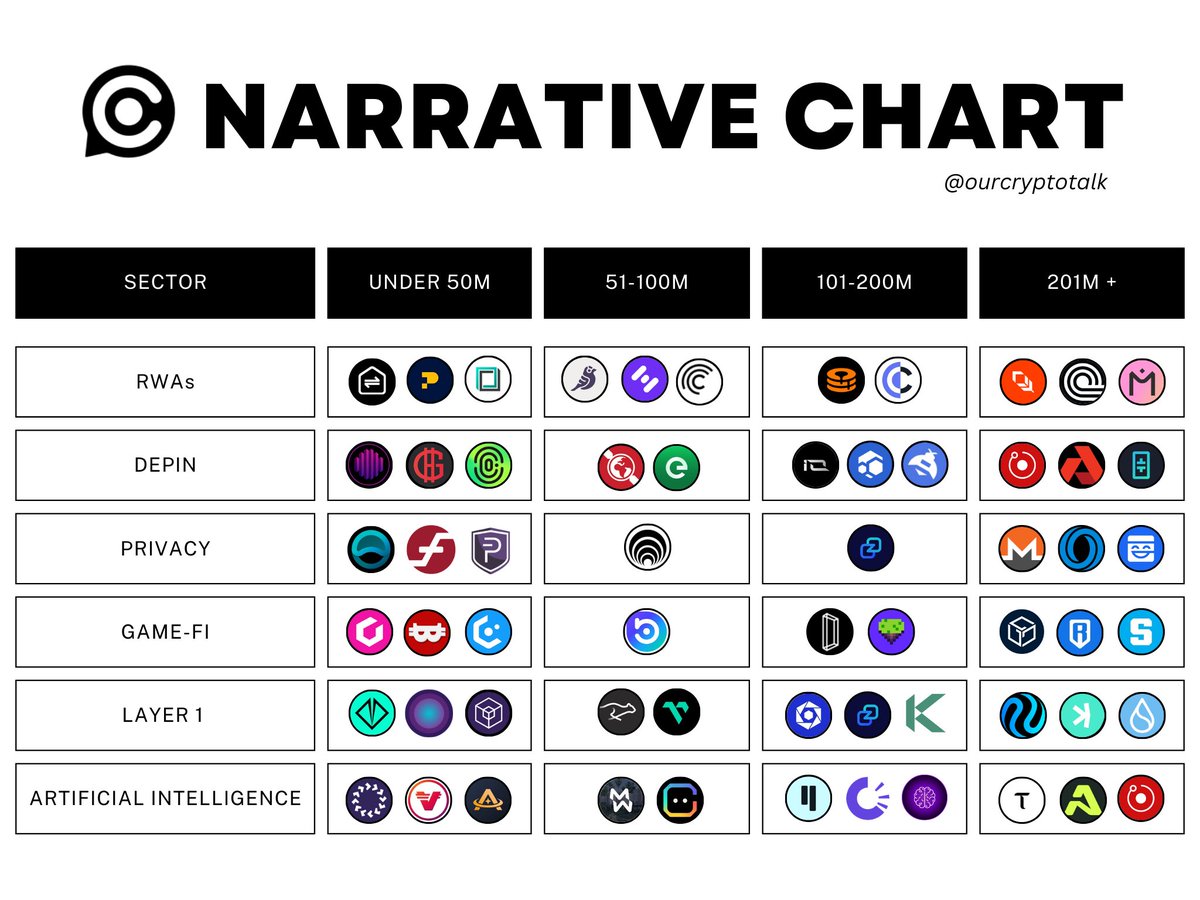


Convert TRY to BORA


BORA price performance in TRY
Popular BORA conversions
| 1 BORA to USD | $0.10983 |
| 1 BORA to TRY | ₺4.3264 |
| 1 BORA to PHP | ₱6.1593 |
| 1 BORA to EUR | €0.095095 |
| 1 BORA to IDR | Rp 1,789.93 |
| 1 BORA to GBP | £0.080966 |
| 1 BORA to CAD | $0.14926 |
| 1 BORA to AED | AED 0.40334 |
About BORA (BORA)
- Official website
- White Paper
- Block explorer
BORA FAQ
BORA is a decentralized blockchain platform that focuses on gaming and content distribution. With the aim of revolutionizing the internet-based content industry, BORA seeks to empower users and foster increased engagement.
Holding BORA offers several benefits, particularly in the gaming sector on the blockchain. One of the key advantages is BORA's dedicated focus on gaming, providing specialized tools and infrastructure to support game developers in building gaming applications.
Additionally, BORA's two-tiered blockchain system enhances the efficiency and scalability of gaming apps, contributing to a seamless user experience. By holding BORA, individuals can participate in and contribute to the growth of the gaming ecosystem while also potentially benefiting from the success of innovative gaming projects built on the platform.
You can buy BORA tokens on a number of different spot trading markets. One example is the OKX TR which offers a BORA/USDT pair. You can also swap your existing cryptocurrencies, including Bitcoin (BTC), Cardano (ADA), Tether (USDT), and USD Coin (USDC), for BORA with zero fees and no price slippage by using OKX TR Convert.
Monitor crypto prices on an exchange
Disclaimer
OKX TR does not provide investment or asset recommendations. You should carefully consider whether trading or holding digital assets is suitable for you in light of your financial condition. Please consult your legal/tax/investment professional for questions about your specific circumstances. For further details, please refer to our Terms of Use and Risk Warning. By using the third-party website ("TPW"), you accept that any use of the TPW will be subject to and governed by the terms of the TPW. Unless expressly stated in writing, OKX TR and its affiliates (“OKX TR”) are not in any way associated with the owner or operator of the TPW. You agree that OKX TR is not responsible or liable for any loss, damage and any other consequences arising from your use of the TPW. Please be aware that using a TPW may result in a loss or diminution of your assets. Product may not be available in all jurisdictions.
Convert TRY to BORA




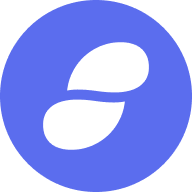

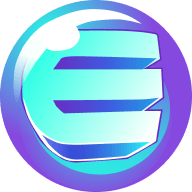

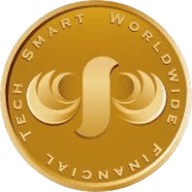





























Socials